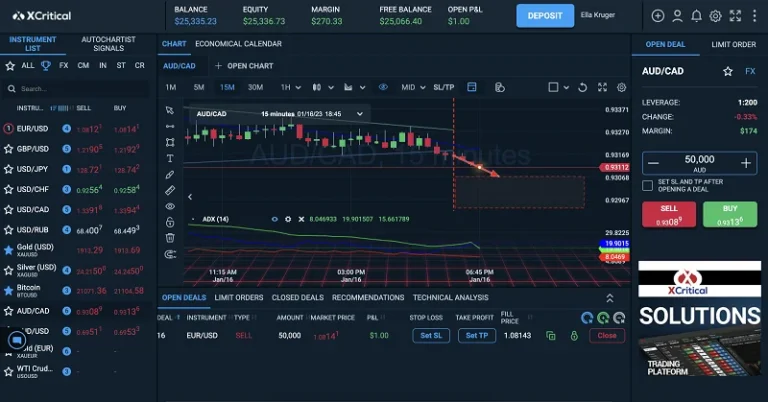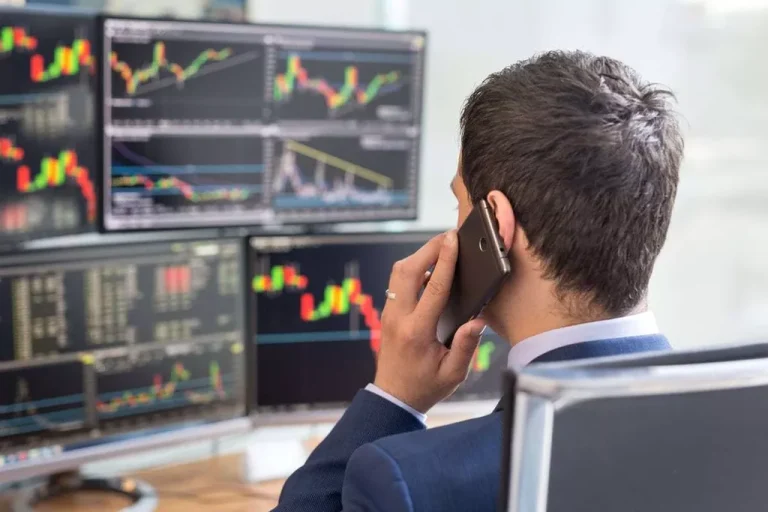Content
Over the next few months, he closely monitors the project’s progress and the broader cryptocurrency market. As FuturCoin gains attention and adoption within the gaming industry, its price rises steadily. He notices that the cost of FuturCoin has reached $5 per token, and he decides to sell his 1,000 tokens, realizing a profit of $4,000. If you expect the value of an asset to go up, you will buy a futures contract to go long, and if you expect it to fall, you will sell to go short. Bitcoin and Ethereum are popular choices for beginners due to their higher liquidity. You might enter a futures contract to buy one Bitcoin three months from now crypto derivative trading at $52,000.
Spot vs. Derivatives Trading in Crypto: What’s the Difference?
As such, ownership Mining pool of a futures contract does not reward you with any economic benefits such as voting and staking. As a rule, a spot market is where commodities, currencies, stocks, and bonds are traded with instantaneous delivery. In contrast, a futures market settles the delivery of its underlying assets and futures contracts on a predetermined future date. Now that we understand what crypto derivatives are and their types, let’s walk through how to actually trade them.

Is spot trading vs crypto trading right for you? Maximize Your Earnings
By understanding market sentiment and expectations, traders can speculate on the direction of prices. Additionally, decentralized platforms are known for employing automated market makers (AMMs). If you’re trading margin, you’ll notice things like x5, x10, or x100. These numbers measure how much your borrowed position can be increased. However, if things fall through, you might https://www.xcritical.com/ have to liquidate your assets to pay off the loan.
Understanding Crypto Spot Trading

Crypto derivatives or contracts for differences (CFDs) are financial contracts or instruments that derive their value from underlying cryptocurrencies. These derivatives allow traders and investors to speculate on the price movements of cryptocurrencies without actually owning the underlying assets. Derivatives traders essentially place a wager on the value of a crypto asset going up or down; called crypto futures or options. Derivatives trading allows traders to speculate on the price movements of cryptocurrencies without actually owning them. That can be useful for those who want to profit from price changes without the hassle of managing actual crypto assets. However, derivatives trading can also be more complex and carries a higher degree of risk than spot trading, as traders may be exposed to leverage and margin calls, among other factors.
In many cases, you’ll find that the fees are calculated based on the maker-taker model. A market maker is a person that creates a new order at a set price in the order book, while takers accept the order and complete it. Spot trading in crypto is a low-risk financial instrument compared to crypto derivatives.
This is a much faster way for clients to buy and store their first virtual coins and for crypto holders to sell their digital assets. Additionally, spot exchanges are more affordable, where the only payable fees are charged upon transactions. Spot trading is appreciated for its simplicity, transparency, and the immediate ownership it offers. It’s straightforward because you simply buy low and sell high to make a profit.
The crypto futures markets provide deep liquidity, with monthly volumes in the trillions of dollars. For example, the Bitcoin futures market has an average monthly turnover of $2 trillion, which exceeds trading volumes in Bitcoin spot markets. Its strong liquidity fosters price discovery and enables traders to deal in the market quickly and effectively. So, to stay consistent, we’ll be taking a look at what is spot trading crypto like on Binance.
However, margin trading carries greater financial risks than trading on the spot market. To explain, trading crypto futures involves buying or selling cryptocurrencies at a fixed date in the future, no matter the price of that asset at the time. For example, you might put a buy order in for BTC in a month’s time. In that case, you are forced to buy that BTC irrespective of whether the price has increased or decreased. In conclusion, whether you choose to engage in spot trading or explore the complexities of derivatives, the crypto trading application landscape provides a diverse array of opportunities. Each approach has its merits and challenges, and success lies in aligning your strategy with your unique financial objectives.
Its advanced offerings are ideal if you’re managing large trades or complex strategies daily. Both platforms offer competitive fee structures, rewarding high-volume traders. CoinEx fees, on the other hand, charge a 0.20%, though this can be reduced by using CET tokens. Even with the discount, Bybit frequently remains the more affordable option for large-scale traders. Both exchanges offer tiered schedules that reward high-volume traders with lower rates. However, Kraken’s entry-level fees—0.25% for makers and 0.40% for takers—are noticeably higher than CoinEx’s 0.20%.

Futures are frequently used to hedge risk or speculate on price movements. The content published on this website is not aimed to give any kind of financial, investment, trading, or any other form of advice. BitDegree.org does not endorse or suggest you to buy, sell or hold any kind of cryptocurrency. Before making financial investment decisions, do consult your financial advisor. Then, you can start thinking about things you can do with the traded assets. There are plenty of uses for different crypto assets, especially as they become more widely accepted as a mainstream payment method.
This process is called KYC (Know Your Customer) and is required by most reputable exchanges. We’ll discuss the top 3 platforms in the next section, but for now, let’s assume you’ve chosen one. For instance, you might buy a call option that gives you the right to purchase one Bitcoin at $55,000 anytime in the next month.
- While derivatives trading can lead to significant profits, it also carries higher risks, making it suitable for experienced traders who understand the market dynamics and risk management.
- Leverage – Traders are drawn to the futures market because of leverage.
- With futures contracts, traders can develop sophisticated trading strategies such as short-selling, arbitrage, pairs trading, and many more.
- This process is called KYC (Know Your Customer) and is required by most reputable exchanges.
- Crypto derivatives vs spot trading have different business settings and motivations.
- Participants may agree to trade Bitcoin at $50,000 on a specific date, regardless of the market price, during the signing of the contract or on the execution date.
The primary goal is to profit from low-cost purchases and high-value sales. In layman’s terms, a cryptocurrency exchange is a place where you meet and exchange cryptocurrencies with another person. The exchange platform (i.e. Binance) acts as a middleman – it connects you (your offer or request) with that other person (the seller or the buyer).
With futures contracts, you can take advantage of price volatility. Regardless of whether prices rise or fall, futures contracts enable you to participate in a cryptocurrency’s movements with ease. In other words, you can speculate on a cryptocurrency’s price rather than buying the underlying asset itself. However, adding a crypto spot trading tool to your brokerage platform allows you to expand your services and capitalise on the recent market growth. You can facilitate direct transactions between traders and coin holders, which can ultimately grow your revenues and scale your business.
But if you want to enjoy a higher CoinEx withdrawal limit (or just like having everything set up), completing the KYC process is always an option. That said, if you’d like to receive a higher CoinEx withdrawal limit and access to more advanced tools, you will still need to pass identity verification. Either party is able to back out if they change their mind on the agreement or find that the market conditions are not favorable. In this article, we will take a look at what these forms of trading are and how do they differ from each other. You’ll need to choose whether you think the price will go up (long) or down (short).
Understanding these risks and using proper risk management techniques can help potentially mitigate losses. Binance offers more than 100 different technical indicators, so there’s a lot of variety for you to explore. Some of the tools will be helpful even if you’re just getting started, while others might be more useful once you have some more experience under your belt.







